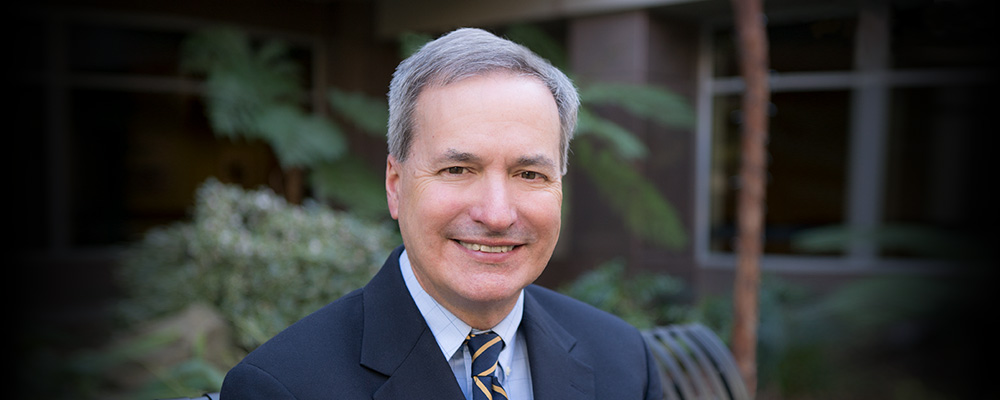Jeffrey Klingman, MD
Stroke Express Program
“If I were suffering a stroke, there’s nowhere I would rather be treated than at Kaiser Permanente Northern California. Every single medical center is delivering world-class stroke care.”
When blood flow to the brain is obstructed during an acute stroke, a person loses an estimated 2 million neurons every minute. To save more lives and minimize brain damage, three TPMG neurologists—Drs. Jeffrey Klingman, Mai Nguyen-Huynh, and Vivek Rao—developed the Stroke Express Program, which standardizes and accelerates stroke care at all 21 medical centers in KP Northern California.
“For patients whose stroke is caused by a blood clot, it’s critical to administer the clot-busting drug tPA as quickly as possible,” says Dr. Klingman. “This program nearly cut in half how long it takes us to deliver tPA after arrival in the Emergency Department—and we were already a national leader on this front. Today our average door-to-needle time is 34 minutes.”
This exceptional outcome is the result of a three-pronged approach. The first is the use of teleneurology: When a patient arrives in the ED, a TPMG stroke neurologist is just an arm’s length away, via a teleconferencing cart at the foot of the gurney, ready to assess the patient’s condition.
The second is a coordinated stroke-care protocol designed to optimize efficiency. “It’s as if a pit crew arrives for the patient: Everybody knows exactly where to stand and what to do, with the teleneurologist leading the team,” says Dr. Rao.
The third is rapidly providing a CT scan, which enables tPA to be administered sooner—in the radiology suite instead of waiting to return to the ED. It also enables patients with large vessel occlusions to be transported faster to a KP comprehensive stroke center for endovascular stroke therapy.
“In acute stroke care, we say ‘time is brain,’” says Dr. Nguyen-Huynh. “In TPMG, neurologists, emergency physicians, radiologists, technicians, nurses, and pharmacy staff work together to preserve as much functionality for the patient as possible.”
